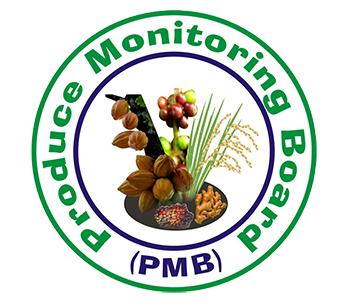Cocoa Introduction
Cacao tree from which the cocoa beans is obtained was introduced to Sierra Leone much earlier than to other parts of West Africa, possibly by the Portuguese who are known to have introduced the coconut palm and pineapples into Sierra Leone in the 15th and 16th centuries. In 1890, it was estimated that there was 202 ha (500 acres) of cacoa in Sierra Leone. 304kg of cocoa beans were exported in that year.
There were two further introductions of cacao unto Sierra Leone from the Gold Coast (now Ghana) in 1905 and 1912 to the Agricultural experimental farm at Njala. Seedlings raised from the 1912 introductions died out because of draught. Plantations made by the District commissioner Kenema in the Eastern Province in 1909 and 1911 both failed because of drought. The growing of cacao was given a fresh meaning in the 1920 when cacao nurseries and plantations were established throughout the Southern Province.
In 1925, it was reported that there were 2,225 hectares (5,500 acres) of cacao, excluding nurseries. Chiefdom demonstration plots were established in many chiefdoms. By 1933 small privately owned plantations of 0.1- 0.2 hectare (1/4 – ½ acre) in extent were growing well in many villages between Kenema and Zimmi along Liberia border. Since then cacao growing has spread throughout the Eastern province which now produces the bulk of dried cocoa beans.
Cocoa is grown by over 49,000 families. This constitutes over 90% of the total cocoa producers across the country. Less than 10% of the cocoa from Block farms. Cocoa production makes a living for more main source of livelihood for farmers in Kenema, Kailahun and Kono districts east of Sierra Leone. The cocoa export is the also the main sources of foreign exchange through repatriation trade policy enforcement by the Ministry of Trade and Industry.
Botanical variety grown
Apart from the new introductions, the dominant varieties grown are:
Amelonado – Native cocoa
Amazon – Ghana cocoa
Manufacture of cocoa drink, chocolate, cocoa butter and cocoa oil, preparation of illicit gin, use in the preparation of soap however, little domestic use for cocoa is found in the main producing areas of Sierra Leone, where the emphasis is mainly on export. There are however, some local uses which seem to be fairly general in Sierra Leone.
Cocoa is grown in many parts of the country but the most favorable areas of high density are; Kailahun, Kenema and Kono districts in the Eastern province. However, low level of production is also found in Bo, Moyamba and Pujehun in the South
Cocoa is grown in many parts of the country but the most favorable areas of high density are; Kailahun, Kenema and Kono districts in the Eastern province. However, low level of production is also found in Bo, Moyamba and Pujehun in the South.
- Cocoa of marketable quality must be properly fermented, thoroughly dry, free from smoky beans, free from abnormal or foreign odors and free from any evidence of adulteration.
- It must be reasonably free from living insects.
- It must be reasonably uniform in size, reasonably free from broken beans fragments and pieces of shell, and be virtually free from foreign matter.
Based on the count of defective beans in the cut test, defective beans shall not exceed the following limits: to be considered fit for export.
GRADE 1
• Moldy beans should not exceed 3% by count.
• Salty beans should not exceed 3% by count
• Insects damaged, germinated, or flat beans (other defects) 3% by count.
GRADE II
Cocoa which does not qualify for grade one (1) but which contains not more than 4% mold, 6% slate and 8% other defects by count.
All other cocoa which does not qualify for grade I and II declared fit for export under rule 75 of CAP 18 are referred to as sub-standard grade.
